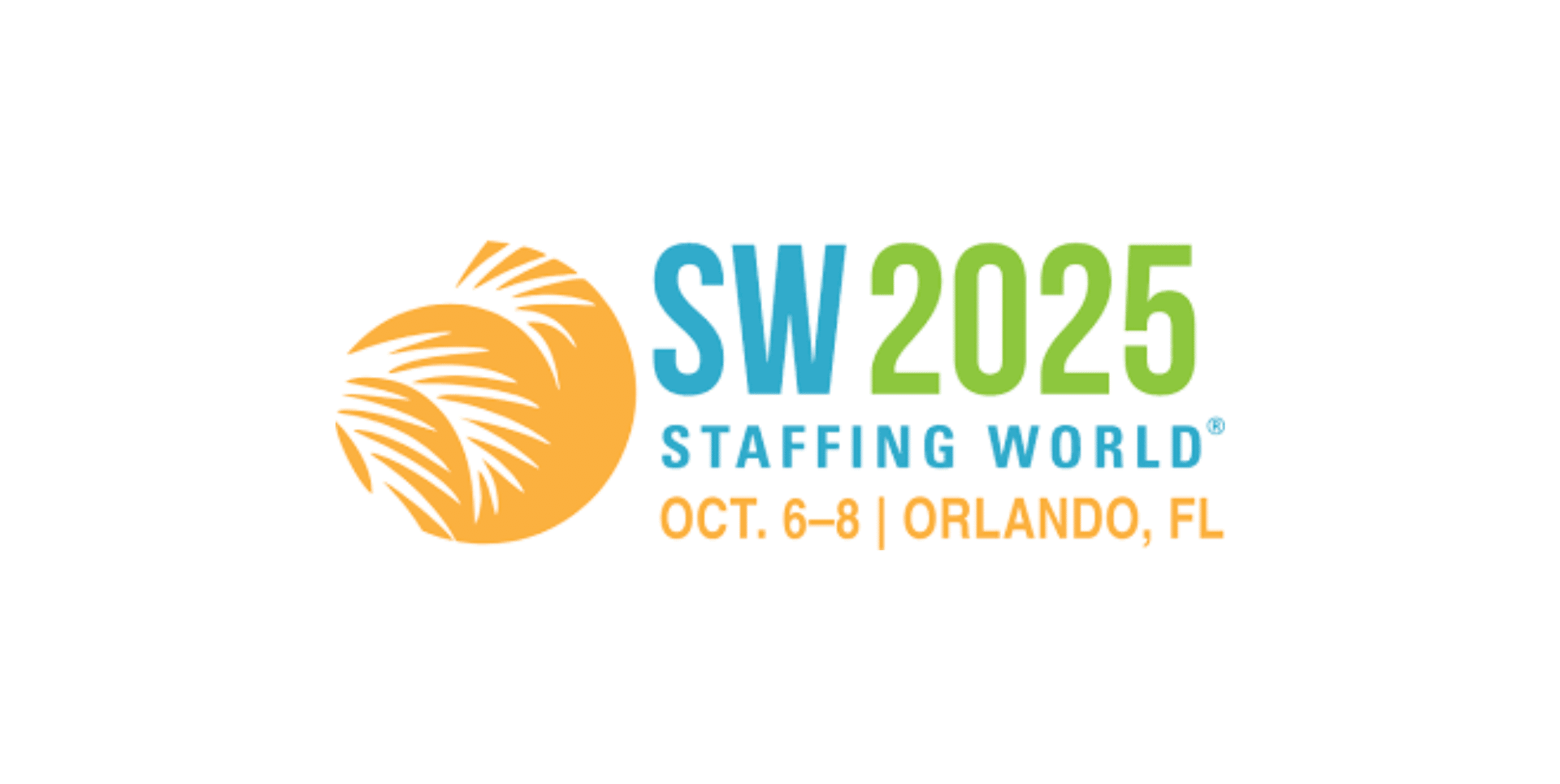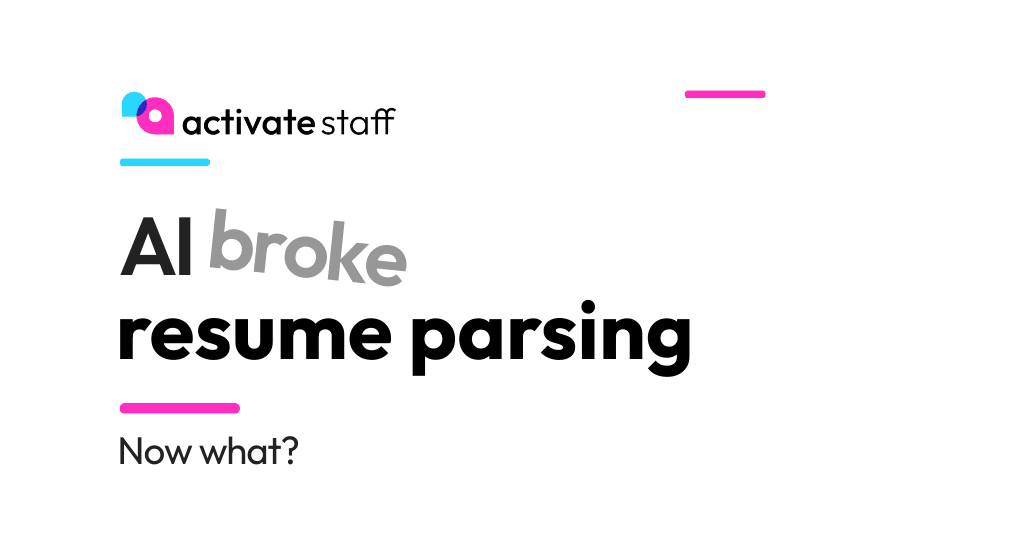By Sara Luchsinger
In the ever-evolving realm of technology, change is the only constant. And while we should be growing accustomed to rapid change, studies show we are not.
According to a study done by Leadership IQ, only 22% of frontline employees like to leave their comfort zone. What does this mean for you? It means navigating a roller coaster of feelings, from excitement and fear to resistance, frustration, and optimism (see my previous post on the emotions of technology change for more info).
Here are some proven strategies to reduce the emotional equation when dealing with change.
1. Excitement: Embracing the Novelty
The dawn of new technology often triggers excitement, fueled by the promise of fresh possibilities. To harness this emotion:
- Dive into Discovery: Immerse yourself in the features and potential benefits of the new technology. Focus on the things that are better instead of the things that are just different. Encourage your teams to find all the cool stuff as well as the bugs.
- Set Direction: Align the technology’s potential with your metrics. Better yet, show the progression. Use timers and simulations to show improved efficiency, productivity, and results.
- Share the Zeal: Engage with peers and colleagues to foster an atmosphere of shared excitement. Have competitions, play games, and keep score. Celebrate ideas, wins and challenges.
2. Fear: Tackling Apprehensions Directly
Amid rapid technological shifts, fear of the unknown, job insecurity, and a loss of control can take center stage. To combat these fears:
- Face Facts: Gather accurate information to dispel misconceptions and uncertainties.
- Seek Solidarity: Connect with mentors, professionals, or online communities to address concerns. Establish a “we-are-all-in” culture that is focused on listening to concerns yet solving them together.
- Cultivate Adaptability: Emphasize the need to remain agile and relevant in a dynamic landscape. Consider adding adaptability as one of your key metrics on your performance review and celebrate those who embrace changes.
3. Resistance: Easing into Transformation
Resistance often arises from a natural inclination to maintain the status quo. To overcome resistance you must:
- Acknowledge Aversion: Recognize resistance as a typical response and permit teammates to voice concerns. Ask for solutions and encourage discussion instead of trying to be a technology salesperson.
- Start Small: Begin by integrating the technology in manageable doses to cultivate familiarity. Encourage trying one new thing per week versus biting off the whole technology.
- Accentuate Advantages: Highlight how technology can simplify tasks or enhance efficiency. Call it the “Better Effect” and describe how this makes life easier for the employees.
4. Frustration: Embracing the Learning Curve
The process of mastering new technology can be exasperating, particularly when confronted with a steep learning curve. To manage frustration:
- Practice Patience: Understand that proficiency requires time and effort. Celebrate minor achievements along the way. Seek to listen versus just responding.
- Leverage Resources: Take advantage of tutorials, guides, and online aids to expedite the learning process. Over train and simplify the process.
- Collaborative Endeavors: Seek guidance from experienced colleagues to ease the learning journey. Ask your teammates who use your current tools to play with it, explore and break the technology and report back. These can be your most useful insights into getting the technology accepted.
5. Optimism: Envisioning the Upside
Optimism emerges when the potential positive impact of technology change becomes apparent. To nurture and sustain optimism:
- Stay Current: Stay updated with the latest developments to sustain enthusiasm about the potential.
- Paint Success Scenarios: Visualize the positive outcomes that can arise from fully embracing the technological shift. Have teammates share experiences by telling their story.
- Toast to Progress: Reflect on your path and the strides you’ve made, irrespective of their size. Celebrate wins and acknowledge where you are on your journey. Have a meeting and have everyone share one thing that technology has helped them with in their job.
The drama that accompanies technology change is a gripping journey necessitating self-awareness, adaptability, and a proactive outlook. By addressing emotions such as excitement, fear, resistance, frustration, and optimism, you can effectively navigate these dramatic waves and transform them into opportunities for growth and innovation. Remember, no one is alone in the success or failure of a technology project. At this point, technology hasn’t replaced all humans in the workplace. We must coexist successfully and manage the emotions that we can predict are coming.

About Sara Luchsinger
Sara Luchsinger, CSP, Vice President of Organizational Development at SEEK Careers and founder of Staffing Ideation Group, has dedicated over 27 years to transforming the staffing industry. She embodies a mindset championed by Steve Jobs: to view change as opportunity.
Sara is a vocal and active leader in the staffing community where she has chaired several volunteer groups at the American Staffing Association. She’s been published in Staffing Success magazine and has been recognized as a top 10 contributor to ASA’s Community for three years in a row.




